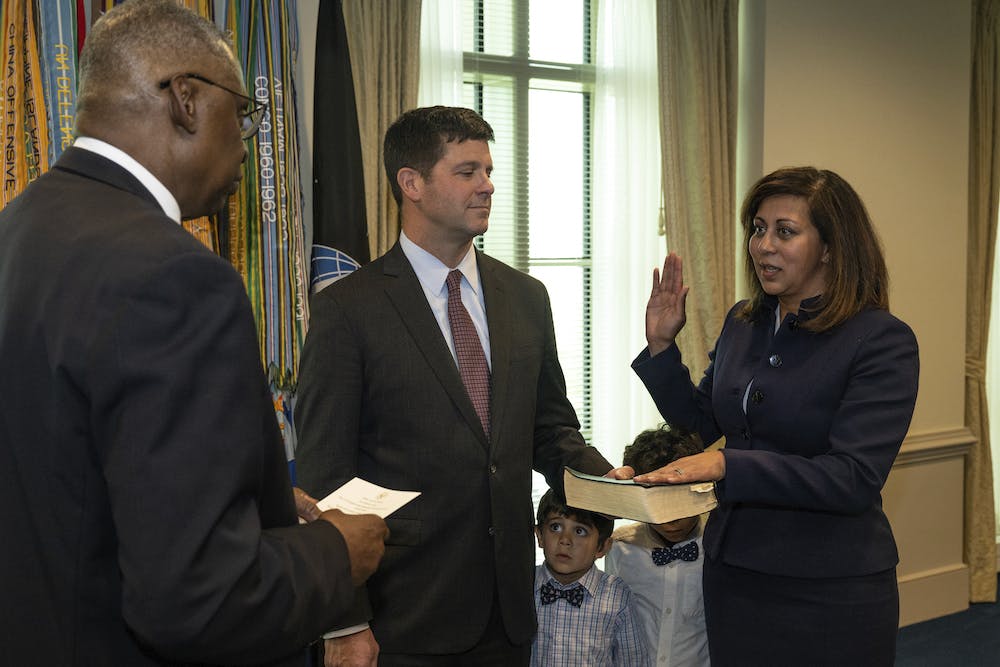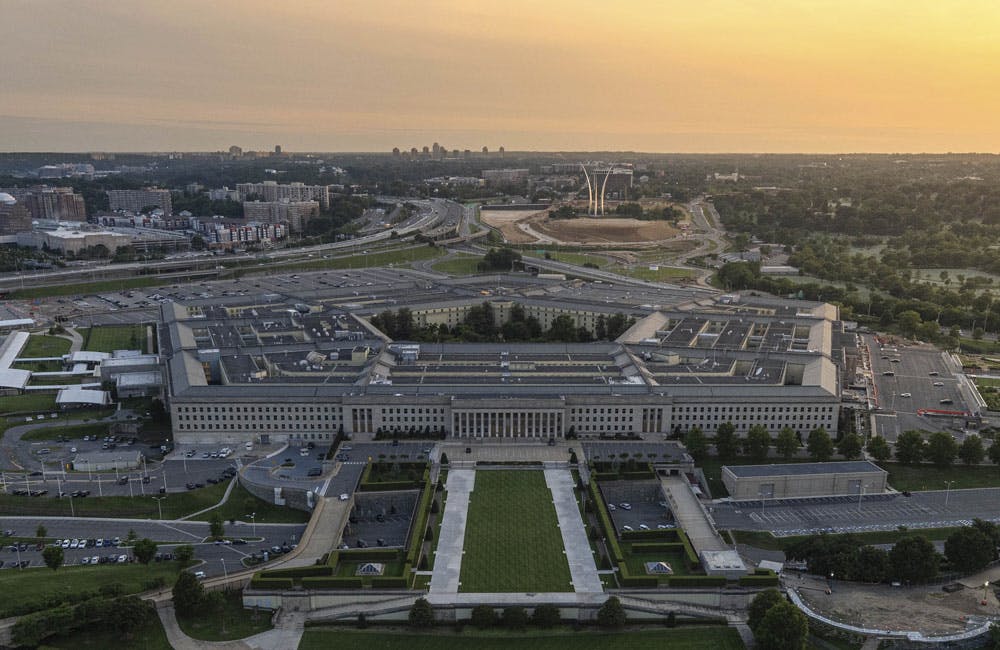Data Sharing and AI Top Federal Health Agency Priorities in 2024
Government is on a mission to address health disparities and close gaps through technology.

The public health sector faced a challenging but optimistic reality this year as it grappled with the end of the pandemic-induced public health emergency and set in motion many technological advancements that will continue to shape the conversation in 2024.
Some of the biggest developments included a reorganization at the Centers for Disease Control and Prevention in how it is modernizing data reporting to prepare for the next pandemic. Other health agencies are leveraging artificial intelligence and new approaches to cybersecurity in the face of a changing health care landscape.
Data Sharing and Coordination
CDC’s two-year data initiative, CDC Moving Forward, aims to improve capturing and distributing data throughout the public health ecosystem.
“There’s such a great opportunity in public health — a need to advance the way that we exchange data,” said Dr. Jennifer Layden, director of the new Office of Public Health Data, Surveillance, and Technology (OPHDST), at the Health IT Summit in September.
The initiative has made significant advancement in automated electronic case reporting, which CDC plans to integrate into disease surveillance systems for more than 30 jurisdictions by the end of 2023.
“We are in this transformational moment to build the better data, the better analytics for that better response,” said Dylan George, director of operations for the CDC’s Center for Forecasting and Outbreak Analytics, at a panel during the HIMSS conference in April.
Other data modernization efforts include those to develop better standards and policies for interoperability.
This year the Office of the National Coordinator for Health IT (ONC) advanced two key frameworks: the Trusted Exchange Framework and Common Agreement (TEFCA) and expanded the United States Core Data for Interoperability (USCDI). Both are providing a model for the health IT community to develop common agreements and operating structures to share data especially for electronic health records.
Artificial Intelligence for Health IT
In a government-wide movement, health agencies are also amping up AI research and development. AI is showing promise for its positive impact on the workforce who can use it to offload routine, traditionally manual tasks and support clinical decision-making such as better detecting cancer.
“I’ve never seen quicker and more thoughtful uptake of an emerging technology in the government than I am seeing right now with AI,” said Sanja Basaric, former AI program lead at the Department of Health and Human Services who now serves the Defense Department’s Chief Digital and AI Office, at the Sept. 21 Health IT Summit.
These capabilities can also support the public in an equitable way, meeting patients where they are and unlocking critical access to these services. Much of this work comes down to the data.
Biden’s October artificial intelligence executive order gave the Department of Health and Human Services (HHS) a 90-day deadline to establish an AI task force. In addition, the order gives the agency 180 days to assess whether AI technologies in the health sector can sustain quality levels.
Addressing Cybersecurity Risks
In March, HHS released a cybersecurity implementation guide aimed at helping health care organizations prevent breaches and address cybersecurity risks during a time when fraud and data security threats increased.
“Cyber incidents pose risks to patient data, intellectual property, scientific or laboratory research, medical manufacturing, and ultimately the ability of health care organizations to safely serve their patients,” HHS Deputy Secretary Andrea Palm said in a statement in March.
The agency also has been working toward broader zero-trust goals. An HHS task force, for example, released guidance in June that includes zero-trust resources for health facilities to secure networks and protect technology.
Digital Services for Health Equity
Ensuring health equity and access to health care services is a core principle of health agencies and an area where technology can make a difference.
The Centers for Medicare and Medicaid’s digital services chief is on a mission to modernizing systems and services so that they better serve the public.
“It is imperative that we give people information they can find quickly and in accessible plain language. For health care, that also means that our services are easy to use for people using screen readers and with low vision, cognitive disabilities, low bandwidth and non-English speakers,” CMS Chief Digital Strategy Officer Andrea Fletcher told GovCIO Media & Research.
Other health leaders say addressing and identifying bias is one key to the issue. There’s also factors around care access especially in rural areas where capabilities like telehealth can help further close the gap.
This is a carousel with manually rotating slides. Use Next and Previous buttons to navigate or jump to a slide with the slide dots
-

Cyber Resilience and Recovery Amid Evolving Cyber Threats
Data durability is a key aspect of NIST’s cybersecurity framework for public and private organizations.
21m listen -

The CAIOs Leading Responsible AI Development Across Government
Since the White House's AI executive order, federal agencies are in the process of naming chief artificial intelligence officers.
7m read -

Defense Board to Pitch Solutions for Closing Tech Talent Gaps
Defense Innovation Board members cite need to modernize people management the same way government modernizes technology.
4m read -

Energy Researchers Aim For Holistic Approach to AI Issues
A new center at the Oak Ridge National Laboratory is looking at under-researched areas of AI to better understand how to secure it.
2m read








